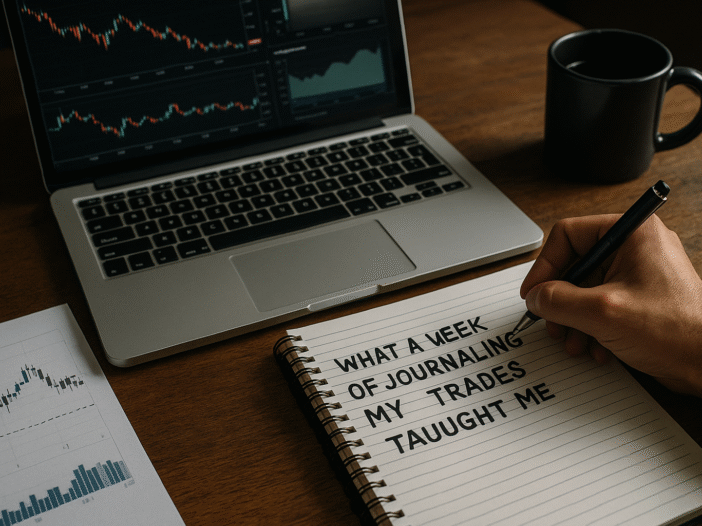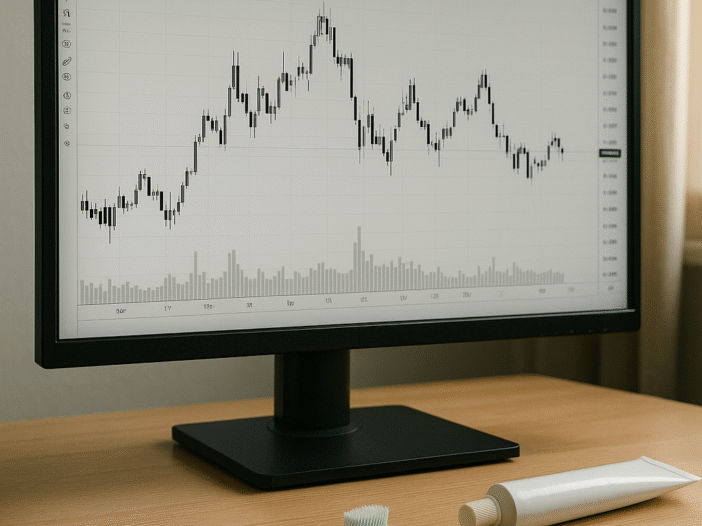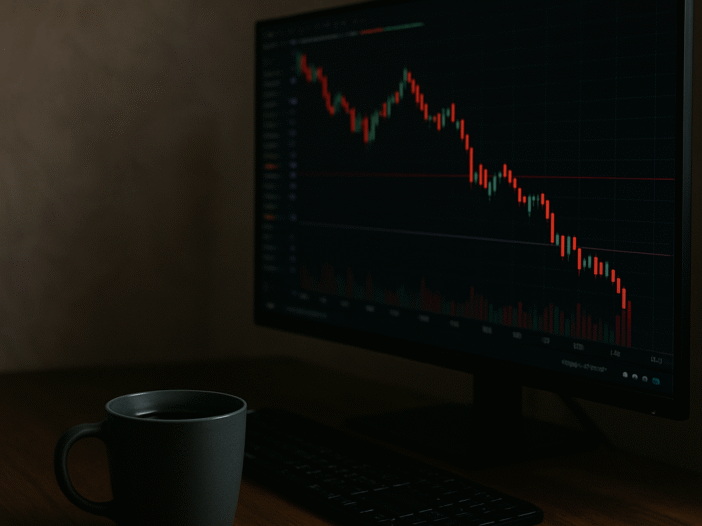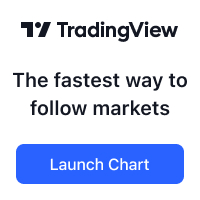Most traders think edge lives in the chart. Patterns, indicators, setups. But this week reminded me that edge often lives in time. I’ve been trading Tokyo mornings with smaller probes. The pattern is clear: the first 90 minutes tell the truth. Moves are clean, the flow is directional. After that, the market slides into chop. […]
The Discipline of Probe Trades
Not every trade is meant to be a winner. Some trades are meant to ask a question. This week reminded me of that. A few setups looked ready to run, and I stepped in with small size to test the waters. The market’s response wasn’t there. Instead of forcing it, I cut them quickly. On […]
What a Week of Journaling My Trades Taught Me
Trading isn’t just about charts. It’s about showing up, paying attention, and writing down what actually happens. This past week, I journaled every single Tokyo session I traded. The surprising part? The lessons I pulled from journaling were more valuable than the trades themselves. 1. Showing Up Matters More Than Chasing Setups When you sit […]
My Chart Gets Cleaned Before My Teeth Are Brushed
Why I reset my charts daily, not for analysis, but to clear mental noise before the session even begins I clean my charts before I brush my teeth. Not because it’s efficient. Not because I’m a robot with a routine. But because it clears the noise before the market adds its own. A blank chart […]
Coffee Thoughts – The Market Owes You Nothing
I thought I was past this. After a string of red days, I caught myself thinking:“Surely I’m due for a winner.” That quiet little expectation- like the market keeps tabs and eventually hands you a break. It doesn’t. You can show up on time, follow your plan, do all the right things… and still lose.Then […]
Coffee Thoughts – When Boredom Becomes Expensive
There’s a special kind of boredom that only traders know. You’re flat. No setups. Just candles drifting.But you’re still there… staring at the screen.Waiting. Clicking. Fidgeting. Then comes the itch:“What if I just take this small one…?” You know it’s not in the plan.But it gives you something to do.Something to feel. And that’s how […]







